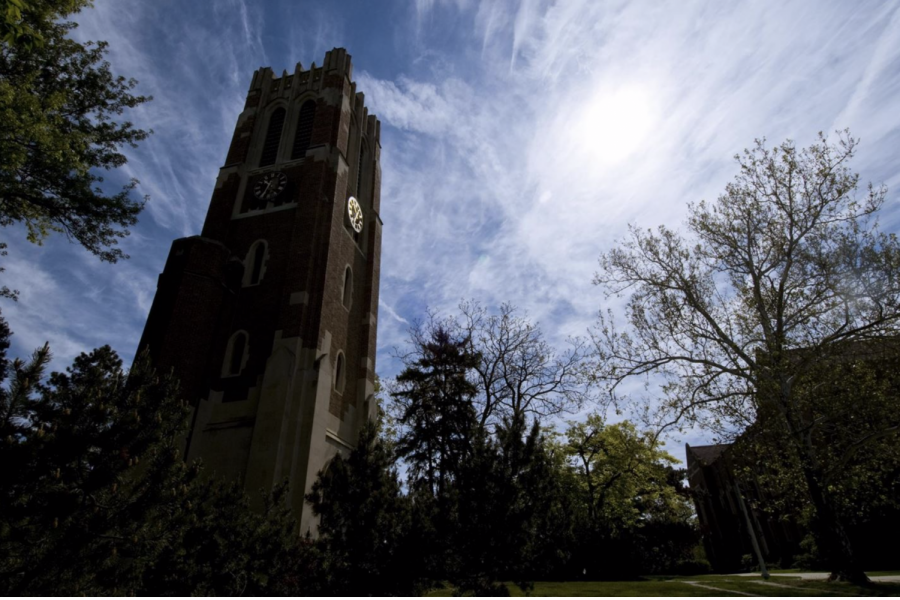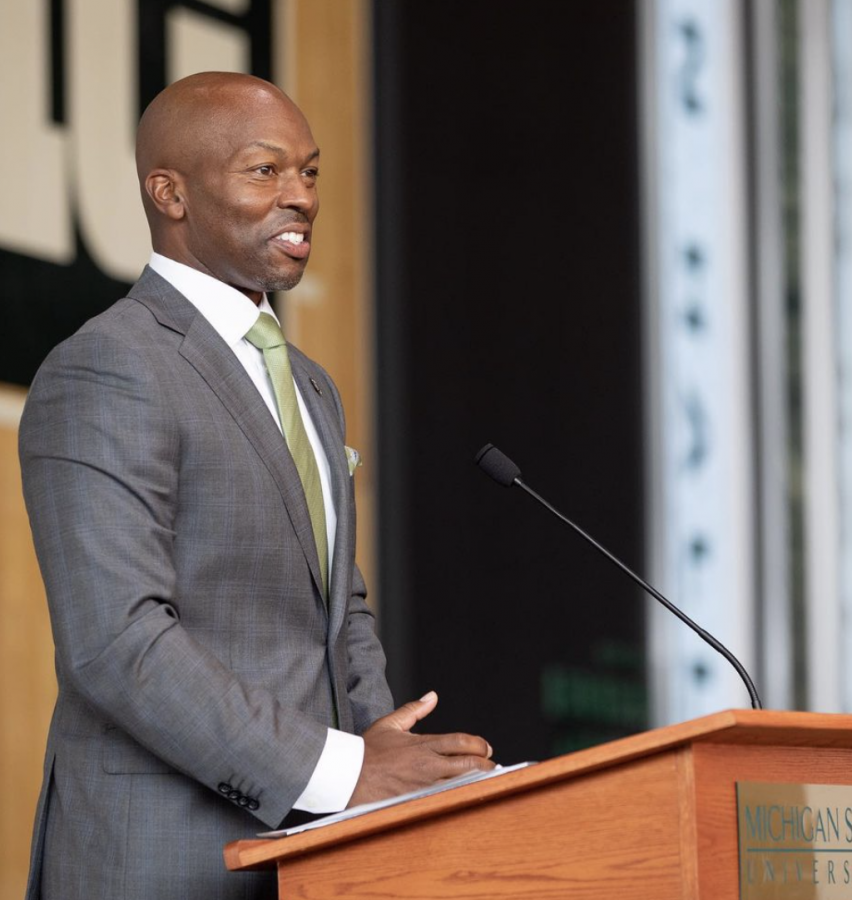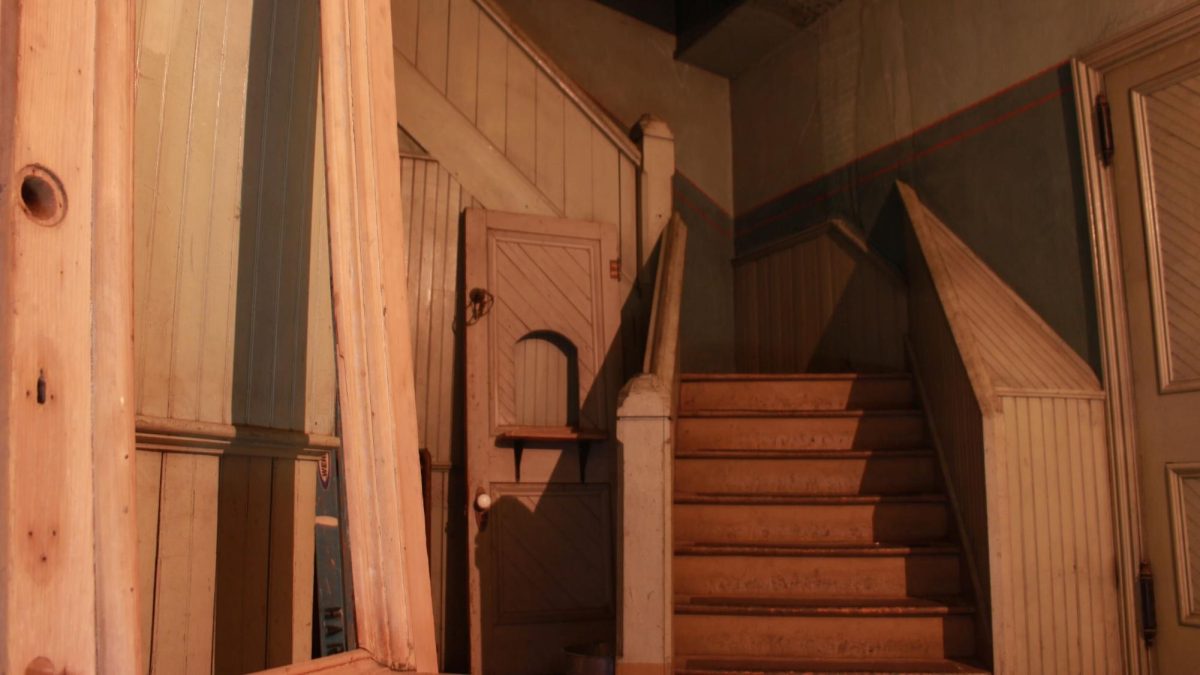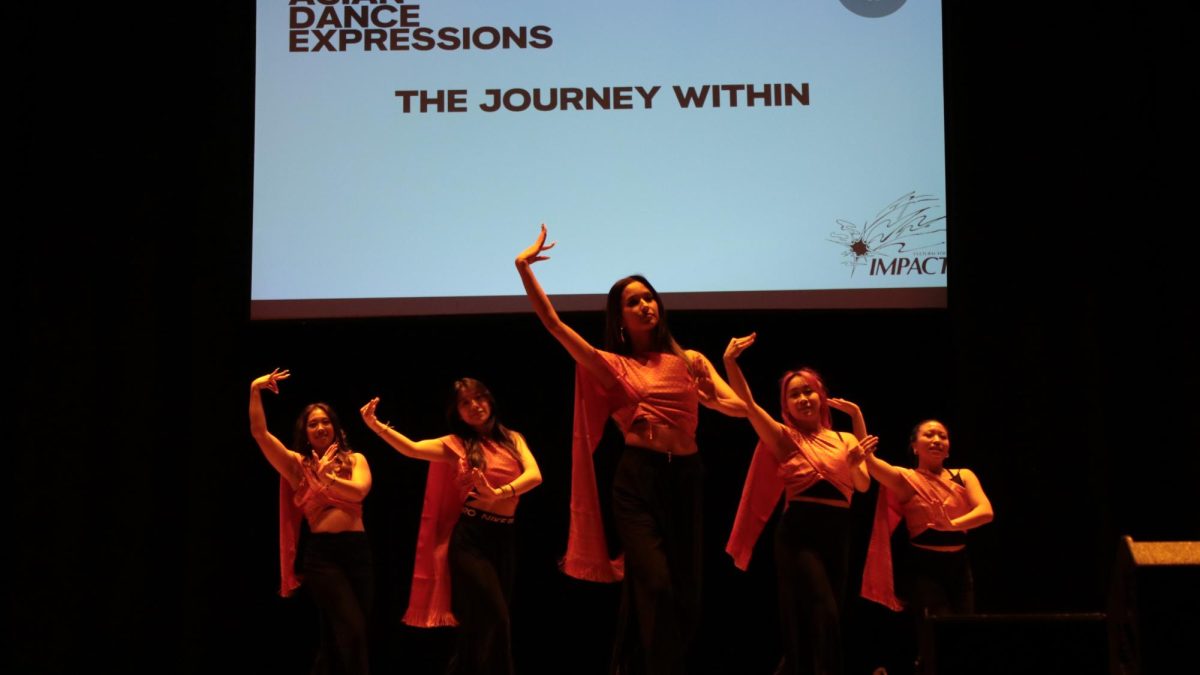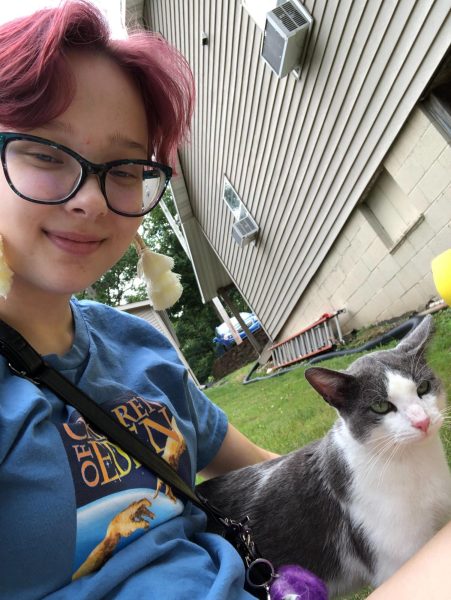EAST LANSING — Among the many different spots on Michigan State University’s campus, the W.J. Beal Botanical Garden stands out as a beautiful and educational space for students and community members alike. The sheer variety of flora solidifies Beal as a “must-see” on many Michigan travel blogs.
“Established in 1873, the Beal Botanical Garden is the oldest, continuously operated university botanical garden in the United States and illuminates the interconnectedness between people, plants, and place,” reads the garden’s official website.
According to Pure Michigan, the garden bolsters over 5,000 different species of plant life, further earning it a place on the Michigan State Register of Historic Places.
Beal is nestled beside the MSU library and across from the College of Music. Admission is free and the garden never closes, allowing anyone to enjoy it year-round.
On Sept. 13, Beal Botanical Garden celebrated its 150th year of operation.
Readers may find a more extensive timeline of Beal’s history on its website, but here’s a quick recap to catch you up to speed:
Professor William James Beal was hired as a botany and horticulture professor at the Michigan State Agricultural College in 1870. Shortly after his arrival, he began to advocate for the establishment of a botanical garden on campus.
In response to Beal’s request, the first campus garden was created in 1873 in an area called “Sleepy Hollow,” between what is now Beaumont Tower and the Music Practice Building. At the time, it included 140 species of forage grasses and clovers.
It served as the beginnings of what East Lansing residents know as Beal Botanical Garden, seeing that it would merge with the official botanical garden that was planted four years later.
In 1877, a wild garden was planted along a ravine stretching southeast. It featured “herbaceous dicotyledons (die-cot-eh-lee-dun),” weeds, a pond and “a strip for a bog.” This is what Beal labeled as the Botanic Garden.
A year after its formal commencement, the botanical garden was gifted its first non native plants from Harvard University. As the biodiversity within the garden grew, Beal also utilized the expanse for seed vitality experiments and other such teaching opportunities. Even today, the garden serves as both an educational space and a method to combat the loss of local plant life.
Beal continued to champion sustainability throughout his years as a MSU professor, and instigated the first state Forestry Convention in 1888, leading to the creation of the first comprehensive state forestry policy.
Five years later, Professor Beal, accompanied by staff in the Department of Botany and Forestry, participated in the World’s Columbian Exposition representing the Botanical Garden. This marked a turning point for the garden’s worldwide presence, garnering it attention and leading to its later participation in the international seed exchange program in 1954.
Professor Beal retired at the age of 77 and died peacefully at 91. In 1924, the State Board of Agriculture renamed the garden to W.J. Beal Botanical Garden in honor of its founder.
In 1955, the American Society of Horticultural Science named Beal Botanical Garden as “the finest teaching facility in the country,” emphasizing its great historical importance to both MSU campus and the world.
Overall, the garden remains a place of hands-on learning opportunities, experimental studies–and a host of impactful summits such as the Midwest regional meeting of the American Association of Botanical Gardens and Arboreta.
In order to commemorate Beal’s history, as well as the 150 year milestone, members of the MSU and Lansing community were invited to visit the garden on Wednesday, Sept. 13 from 3-7 p.m. and engage in events throughout the day.
Festivities were presented to attendees, including outdoor games, ticket raffles and fresh blueberry lavender ice cream. The event attracted many families, community members and descendants of alumni alike, exposing many young children to Beal’s academic prospects.
Other activities featured throughout the day involved a few artistic showcases, such as a saxophone quartet presentation, a performance by string players representing the College of Music, and monologues re-enacted by Master of Fine Arts graduate students Christopher Eastland and Mona Eldahshoury.
“My garden remains. Is remaining important? Is tenacity enough? Is there something to learn from staying in one place for so long, or is it better to move and change and shift?” asked Eastland, reciting a script written by Rob Roznowski from the perspective of W.J. Beal. “These questions and many more are still being asked, and while we change, and shift, and become unmoored in our daily lives: the seeds remain, my experiment remains, my garden remains.”
“While the speech from the last actor playing doctor Beal was about how the garden remains, it is also going under some changes,” said Eldahshoury, in a similar monologue written to represent interviews from MSU horticulture students. “So many students don’t know about this street, and that is going to change. Other Spartans need to find their sanctuary here. Expanding our oasis is a part of the Nurture Your Roots campaign, a part of rewilding the garden.”
The “Nurture Your Roots” campaign consists of different “rooting stations” throughout the garden which offer ways to connect with nature—this includes meditation, tours, and zone-specific music.
While the event served as a celebration of Beal’s history, it also provided a platform for the garden’s partners to engage with the community and share their messages. A procession of tables with different organizations were spread throughout the garden, including the MSU Herbarium, Environmental Studies and Sustainability United, MSU Museum, MSU Forestry, MSU Recycling and MSU Bug House.
These organizations work hand in hand with Beal Botanical Garden. MSU forestry chairperson Richard Kobe explained how the institution relies on access to the garden for its initiatives.
“Some of the really critical things [are] the resources that Beal offers in terms of plant specimens and tree specimens, [and] also the campus Arboretum. The campus Arboretum, we really use extensively for teaching, and one of the fundamental things of forestry is to be able to identify different kinds of tree species. Having that resource of the Beal gardens and the campus Arboretum is critical educational infrastructure,” Kobe said.
Kobe described the deep-rooted connection MSU forestry has created between itself and students.
“A lot of our work is community based. [We have] a few focal areas, what we’re calling our leadership pillars, and one of them is creating green resilience in communities. Students who are taking an Urban and Community Forestry minor are often involved in projects in cities where they’re providing expertise to develop urban forest management plans,” Kobe said.
Similarly, Matthew Chansler, Collection Assistant for the MSU Herbarium, recounted hands-on research that Beal Botanical Garden enabled him to conduct.
“There was one [a bottle excavated from Beal’s seed vitality experiments] that was opened in 2001, and they collected a few specimens from it,” Chansler said, while showcasing a sample of moth mullein, a biennial weed. “And then they opened another jar in summer 2021, that’s what this specimen is from.”
“This specimen grew from a seed that was 142-years-old. There’s something special about moth mullein. We don’t know exactly why the seeds have such good longevity,” Chansler said. “I collected this on May 20, 2022; so they grew this in the greenhouses and then I harvested it.”
Beal’s experiments allow people like Chansler to watch the scientific process unfold in real time.
Chansler said, “The research paper associated with this specimen got submitted three hours ago.”
The garden is highly impactful to its living and learning communities, and it continues to evolve to become the most effective facility for those interested in nature.
Frank Telewski, the former Director of Beal Botanical Garden and retired MSU plant biology professor, visited the celebration on Wednesday. He talked about the changes that Beal has gone through since his retirement, and encouraged its evolution.
Telewski said, “It’s changed dramatically from when Professor Beal first started the garden, and he set that up as plots of different types of grasses and foraged plants. When he started it out, [it] started with large beds, and each bed represented a plant family. [There was] a systematic system to organize the garden, [which] stayed in place until the 1920s.”
Telewski spoke about controversies surrounding organization between faculty members, leading to a period of “disarray,” until the induction of former MSU President John Alfred Hannah.
“Hannah, having been in the agricultural department, was very interested in seeing the rebirth of the botanical garden. So, that’s when he created Campus Park and Planning, maintaining a connection to the Department of Botany at the time. The garden was reorganized into how we see it today, with its two major collection beds: the systematic section and the economic section,” Telewski said.
The garden has maintained this layout since Hannah’s decision in the 1950s.
“The garden is alive, and it changes over time,” Telewski said.
At 5 p.m., current Director of Beal Botanical Garden Alan Prather addressed event attendees and made a speech about Beal’s core message: “the interconnectedness of people, plants and place.”
During the speech, he took the time to thank faculty members, volunteers, and descendants of W.J. Beal for their contributions to maintaining the space. He then reminded people of the immense educational opportunities available through the garden, and the accessibility of research.
Finally, Prather closed out his speech by advocating for campus camaraderie and connectivity to nature. He then welcomed interim President Teresa Woodruff to comment on the celebration.
Woodruff said that she “anticipates 150 years more,” of the garden’s operation, congratulating the “living library,” for sharing knowledge freely to the community.
In collaboration with Prather, Beal associates and W.J. Beal’s family members, Woodruff planted a commemorative tree for the 150th anniversary. Students were invited to shovel dirt onto the tree, in order to involve themselves in the planting.
Later, raffle winners were announced and the event closed out with an orchestral performance by the College of Music.
Beal offers a variety of strategies to promote sustainability and improve the quality of natural spaces in Michigan. Because of this, the legacy of W.J. Beal has stood strong for 150 years.
As mentioned by Prather during his speech, Beal strives to eliminate invasive species of plants and insects from MSU campus and the local area.
Right now, you can participate in the effort to restore one of MSU’s most famous landmarks: the Red Cedar. Beal Botanical Garden’s Red Cedar Restoration Project is an expansion of their environmental programming which aims to ramp up educational programs, restore the native habitat along the red cedar and eliminate invasive species in Campus Natural Areas. For more information, check out Beal’s website.



